Nim Li Punit “The Big Hat” Place
Nim Li Punit is Mayan for “Big Hat” which it got from one of the stellas at the site that has a ruler with a very large head piece. If I were to name the site I would have named it Monument Hill. It certainly had a lot of them. Almost every few feet you walked you could see the base stone for a stella. Walking through the site there were clearly three main areas. One area appeared to be a ceremonial plaza, the second a ball court, and the third a royal burial ground.
Nim Li Punit was recently discovered in 1976 by a archeologist named Norman Hammond. He was from the British Cambridge University Museum. There were excavations in the 80’s and the 90’s but the site today is mostly untouched. This is evident in the many rocks that are strewn about the area. The site is located in Southern Belize in the Toledo District. The Toledo District is known for its thick jungles and heavy rainfall. To get to the site you had to drive a half a mile from the main highway. It wasn’t too bad, but like most hill roads in Belize it was very bumpy. When we were there we were mostly by ourselves. The only people we saw were grounds workers who were using some of the old stones to make walkways.
Reading what I could on the stellas it looks like Lim Li Punit was kind of a coronation ceremony place. A lot of them certainly took place there. It looks like the city had it’s heyday between the 5th and the 8th century. In the 8th century it isn’t clear what happened but looking at the stella it appears that there might of been a bit of turmoil going on because the leaders changed a lot. Whereas in a 5th century stella you would have one stella dedicated to one king, in the 8th multiple rulers would use the same stone to mark their coronations.
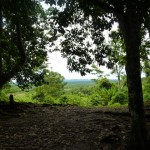
The view from the royal tomb area was spectacular. If you gotta go, this is the view you want to have for eternity.

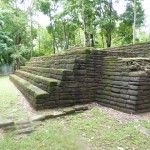
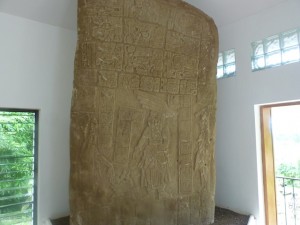
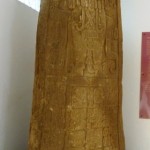
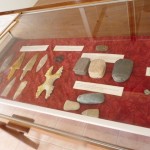
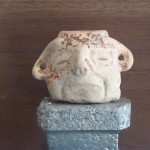
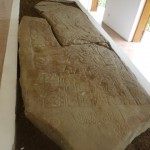

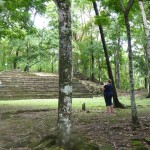
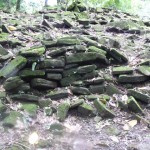
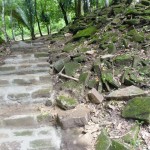
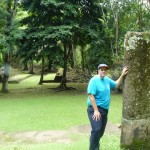

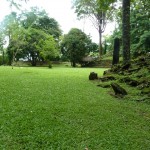
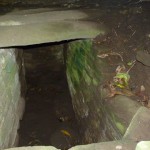
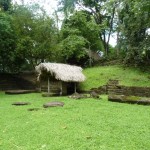
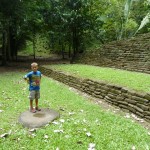
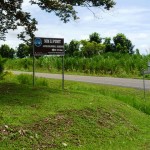

Belize seems to be better at collecting artifacts and putting them somewhere for viewing. We just didn’t see that type of thing in Cancun.
I like the old man charm.
I haven’t been much to the archeological sites of southern Mexico, but all the ones I have ever been to have had at least a small museum attached to them. I will say that the best pieces go to the national anthropology museum in Mexico City.